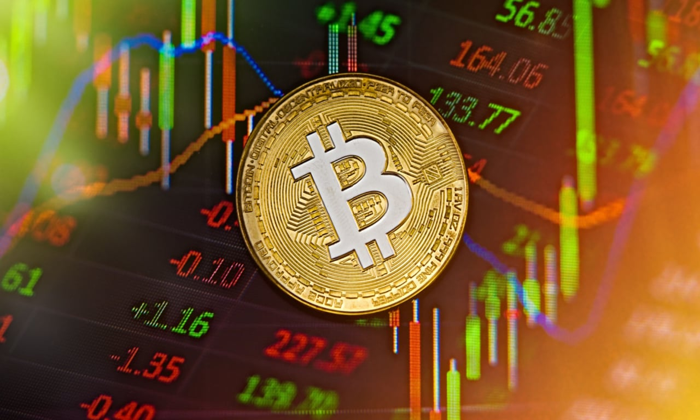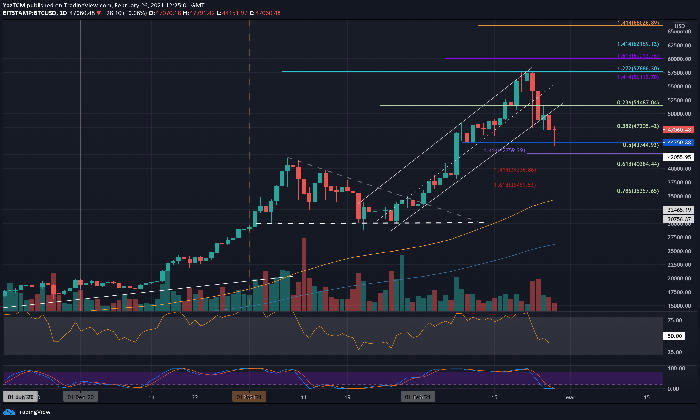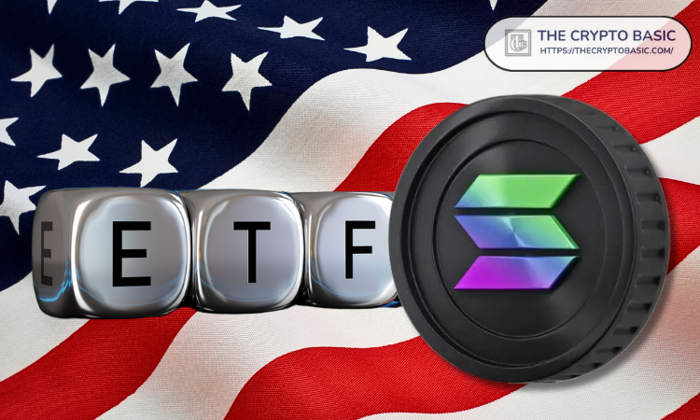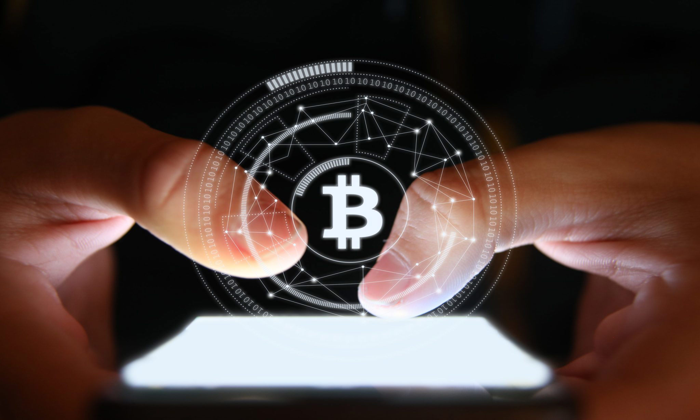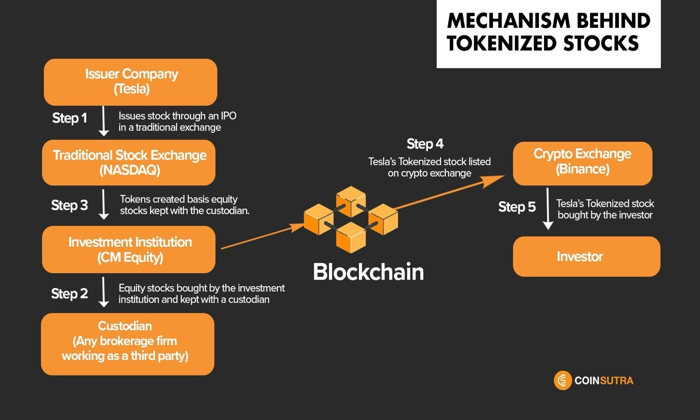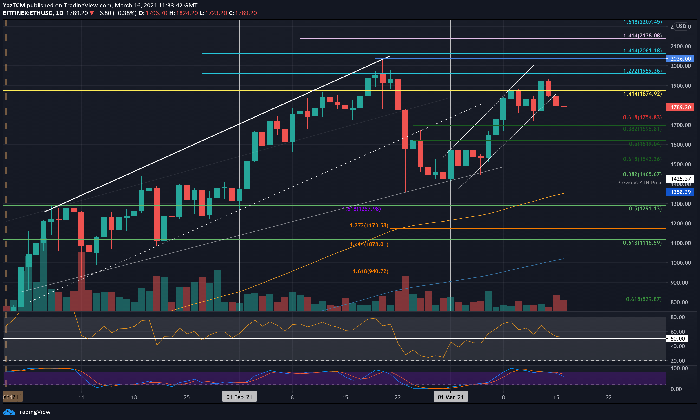In the world of digital currencies, crypto transfers have become a popular and efficient method for sending funds across the globe. However, many users unknowingly fall prey to crypto transfer mistakes that can lead to failed crypto transactions, costing them time and money. Whether it’s an incorrect wallet address, selecting the wrong blockchain network, or not paying enough crypto transaction fees, the pitfalls are plentiful. To navigate this complex landscape, understanding how to send crypto safely is paramount, allowing users to prevent costly errors during their transactions. By mastering the fundamentals of crypto transfers, individuals can ensure a smoother and more secure experience with their digital assets.
When it comes to shifting digital assets, seamless digital transfers are essential in today’s fast-paced economy. Unfortunately, many enthusiasts encounter challenges such as failed exchanges or complications due to overlooked details. Grasping the nuances of safe dispatching, including mindfulness of associated transaction expenses and compatibility issues, can dramatically enhance one’s experience. Ultimately, being well-informed about typical mishaps and best practices for executing seamless transactions can make all the difference. By equipping oneself with valuable knowledge, users can confidently navigate the intricacies of the cryptocurrency landscape and enjoy a hassle-free journey.
Understanding Common Crypto Transfer Mistakes
When engaging in crypto transfers, many users fall victim to simple errors that can lead to significant losses. One of the most prevalent mistakes is sending crypto to an incorrect address. Since blockchain transactions are irreversible, a mere typo — even mixing up a single character — can result in funds disappearing forever. Many users don’t realize that there’s no rescue operation for such mistakes, making it critical to always double-check the recipient’s wallet address before hitting the send button.
Another common pitfall arises from selecting the wrong network for your transfer. For instance, sending tokens over Ethereum when the recipient’s wallet only supports the Tron network can lead to costly complications. Additionally, underpaying on gas fees can leave transactions stuck in a pending state, frustratingly lingering without any clear resolution. Being mindful of these mistakes and practicing due diligence can save users from unnecessary losses in the complex crypto landscape.
Preventing Failed Crypto Transactions
Understanding the reasons behind failed crypto transactions is crucial for successful fund transfers. Insufficient gas fees often stand out as a leading cause; if the gas limit is set too low, it can result in transactions being ignored by blockchain validators. This can lead to prolonged pending statuses or outright failures, leaving users in a state of uncertainty. In high-traffic networks like Ethereum, maintaining an adequate gas fee becomes even more critical to prevent delays.
Moreover, users should be aware of potential issues with smart contracts. A flawed smart contract can revert transactions despite all input details being accurate. It’s crucial to ensure that the contract you are interacting with is fully functioning and matches your intended operation. The combination of low gas fees and smart contract complications can lead to unfortunate transaction failures, emphasizing the importance of careful preparation before sending crypto.
Essential Tips for How to Send Crypto Safely
To ensure safe crypto transfers, following a checklist can help streamline the process. Begin by confirming the recipient’s wallet address, using the copy-paste method to avoid any typos. This practice minimizes the risk of making a simple but costly error. Next, always check that the network used for the transfer corresponds with that of the recipient’s wallet. Mismatched networks can lead to losses, so verifying this detail is essential.
Additionally, it’s vital to review the gas fees associated with your transaction. Doing so means you’ll have adequate funds to cover the transaction costs and avoid delays. In some cases, adding a little extra to your gas fee can expedite the transaction, especially during times of network congestion. Taking these precautions can lend a sense of security and confidence when navigating the often daunting world of cryptocurrency transactions.
Crypto Transaction Fees Explained
Crypto transaction fees can vary widely based on network congestion, the cryptocurrency in use, and the speed at which you want your transaction to be processed. Understanding how these fees work is essential for anyone looking to send or receive crypto. Fees are generally charged to incentivize miners or validators who process transactions on the blockchain. Setting an appropriate fee can mean the difference between your transaction being completed promptly versus being stuck in the queue!
For example, Ethereum transactions often experience fluctuating fees based on the network’s demand, making it crucial to monitor these prices when initiating a transfer. Underpaying can lead to lengthy delays or failed transactions, ultimately costing you both time and money. By staying informed about the current gas prices and selecting a competitive fee, you can ensure your crypto transactions are executed smoothly.
Troubleshooting Crypto Transfer Issues
When a crypto transfer doesn’t go as planned, it can be stressful, but troubleshooting can reveal the root causes. First, confirm that the recipient’s address is correct; even minor errors can make funds unreachable. Utilize blockchain explorers to verify the transaction status, ensuring the transfer is still processing and not stuck due to inadequate gas fees. These tools are invaluable for understanding where things might be going wrong.
In addition to checking the transaction status, review your wallet’s compatibility with the asset being sent. Sometimes, transfers fail because the recipient’s wallet doesn’t support the specific token or blockchain used. Ensuring compatibility is crucial in preventing loss and frustration, allowing for a smoother transfer process. If caught early, some platforms even allow you to cancel or speed up a pending transaction by increasing the gas fee, further enhancing your chances of a successful transfer.
The Importance of Wallet Compatibility in Crypto Transfers
Before initiating a crypto transfer, ensuring wallet compatibility with the specific token being sent is paramount. Different cryptocurrencies often require unique wallets or different networks to function correctly. For instance, sending Bitcoin to an Ethereum wallet will not yield successful results. Each cryptocurrency operates on its unique protocol, and a mismatch can lead to permanent losses.
To avoid these complications, always verify that the recipient’s wallet is suitable for the token you wish to send. It’s advisable to communicate with the recipient regarding their wallet type or set up transactions using reputable wallets that explicitly state supported assets. This proactive approach will minimize errors, help safeguard your investment, and make your crypto sending experience much more efficient.
Common Signs of a Stuck Crypto Transaction
Discovering that a crypto transaction is stuck can be concerning, but knowing the signs can help you take action. A common indicator is the lack of status updates on blockchain explorers; if a transaction that you expect to be confirmed is still pending after a reasonable timeframe, something may be amiss. Additionally, if your wallet’s interface indicates that the transaction is unconfirmed, it might suggest that the gas fee isn’t high enough for miners to prioritize your transaction.
In these situations, it’s crucial not to panic. Many wallets provide options to either speed up the transaction by selecting a higher gas fee or even to cancel it if it remains unconfirmed for too long. Keeping an eye on network conditions and adjusting fees as necessary can help ensure transactions are processed efficiently, allowing you to regain control over your crypto funds.
Best Practices for Ensuring Successful Crypto Transfers
To foster a smooth crypto transfer experience, adhering to best practices is essential. Start by conducting thorough research into the amount of gas needed for the transaction; understanding current network conditions can inform your decisions. Additionally, it’s wise to test with small amounts when sending to a new address, which can help identify potential issues without risking large sums.
Always ensure that the selected wallet supports the tokens you are transferring and confirm that the address corresponds to the correct network. By following these practices, you will minimize the risk of errors and ensure that your crypto transfers are executed promptly. Remember that remaining vigilant and informed is key to navigating the intricate world of cryptocurrency.
LYielding to the Future: What Lies Ahead for Crypto Transfers
The future of crypto transfers promises to be transformative as technology evolves. Innovations like layer 2 solutions aim to address current inefficiencies, such as high transaction fees and slow processing times on established blockchains. These enhancements could facilitate faster transfers and reduce the overall costs associated with sending and receiving cryptocurrencies, paving the way for a more user-friendly crypto landscape.
Moreover, as more regulatory clarity emerges in the cryptocurrency realm, it will likely give rise to safer and more reliable transfer processes. This evolution holds potential for widespread adoption as users gain confidence in their ability to navigate the complexities of crypto transactions safely and successfully. Embracing these changes while remaining cognizant of common pitfalls will ensure that users can thrive in the exciting future of digital assets.
Frequently Asked Questions
What are common crypto transfer mistakes that I should avoid?
Common crypto transfer mistakes include sending funds to the wrong address, choosing the incorrect network, underpaying crypto transaction fees, and failing to check wallet compatibility. To prevent these errors, always verify the recipient’s address, confirm the matching network, ensure adequate fees, and check if the wallet can support the token.
How can I prevent failed crypto transactions?
To prevent failed crypto transactions, ensure you set sufficient gas fees, check for network congestion, and verify the compatibility of the smart contract if applicable. Additionally, double-check all transaction details before confirming your crypto transfer to minimize mistakes.
What should I check before sending crypto safely?
Before sending crypto safely, confirm the recipient’s wallet address, assure you’re using the correct transfer network, verify the asset’s compatibility with the receiving wallet, and ensure you have enough funds for transaction fees. Always aim for a secure copy-paste of the wallet address.
Why do crypto transfers fail even when all information appears correct?
Crypto transfers can fail even when all details seem correct due to insufficient gas fees, unexpected network congestion, or issues with the smart contract. It’s essential to monitor gas prices and network conditions when planning your transaction to reduce the risk of failure.
How can I check the status of my crypto transfer?
To check the status of your crypto transfer, use a blockchain explorer relevant to the network you used to send the funds. Enter your transaction ID or wallet address to view the current status, which can help you determine if the transaction is confirmed, pending, or failed.
What are crypto transaction fees and how do they affect my transfers?
Crypto transaction fees, often referred to as gas fees, are payments made to miners for processing and validating transactions on the blockchain. Underpaying these fees can result in delayed or failed crypto transactions, so it’s crucial to set appropriate fees based on current network conditions.
| Common Mistakes | Impact |
|---|---|
| Sending crypto to the wrong address | Funds may be lost permanently |
| Choosing the wrong network | Transaction may fail or be lost |
| Underpaying gas or fees | Transaction may remain pending indefinitely |
| Not checking wallet compatibility | Tokens sent may end up lost |
Summary
Crypto transfers can fail for various reasons, but understanding these pitfalls can significantly reduce the risks involved. By ensuring that you pay attention to details like wallet addresses, network choices, and transaction fees, you can enhance your crypto transfer experience. Always verify critical information before sending, as prevention is key to successful transactions. In the end, careful preparation not only prevents loss but also empowers you in the exciting world of digital currencies.
Crypto transfers are revolutionizing the way we move money, but the reality is that these transactions can often encounter hurdles that lead to stress and frustration. With little support to navigate the complexities of digital currencies, users frequently find themselves facing failed crypto transactions due to common mistakes. From sending funds to an incorrect address to underestimating transaction fees, these missteps can result in irreversible losses that are devastating for any investor. Fortunately, understanding how to send crypto safely and verifying all transaction details can dramatically reduce the risk of encountering these issues. By staying informed about the pitfalls, users can ensure a smoother experience in the expansive world of cryptocurrency.
Transferring digital assets has become a standard practice in today’s financial landscape, yet many individuals still stumble upon challenges that compromise their experience. The intricacies involved in moving cryptocurrency can lead to significant errors, from routing problems to misunderstandings about network compatibility. For instance, whether it’s through peer-to-peer networks or blockchain-based platforms, awareness of common crypto transaction fees and their implications is crucial. Users must learn how to prevent crypto errors effectively, allowing them to navigate this thriving market with confidence. Embracing the right strategies and knowledge around crypto will empower users to handle their transactions with greater assurance.


